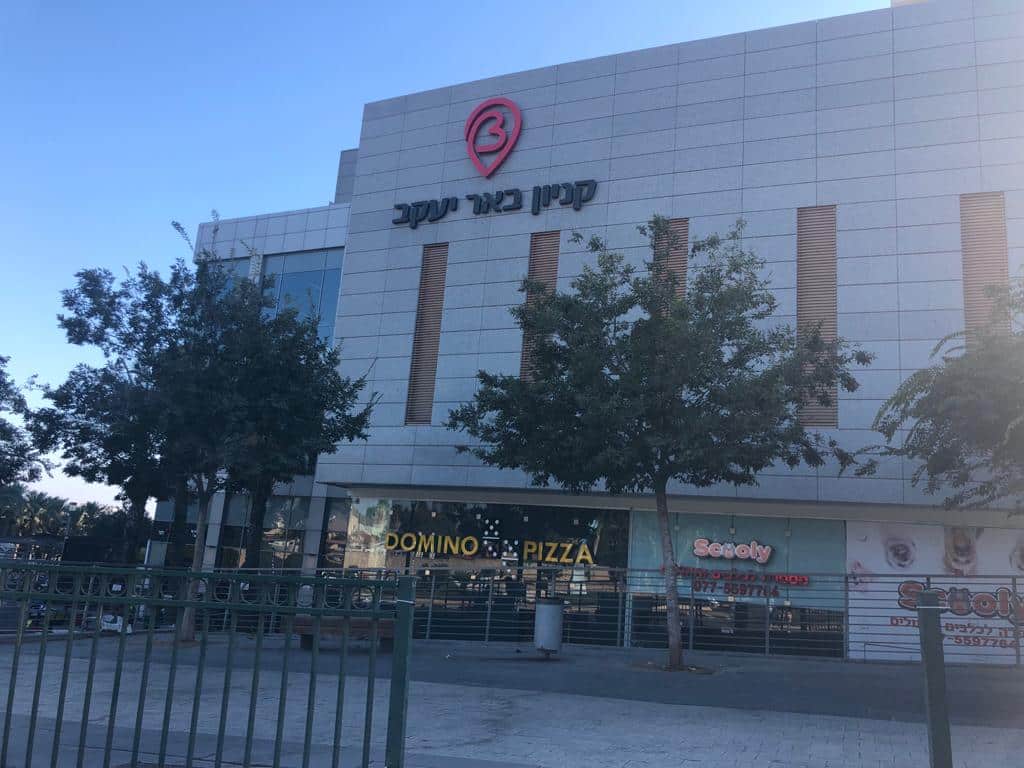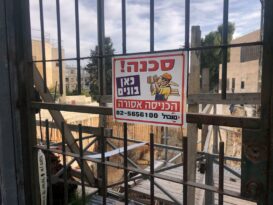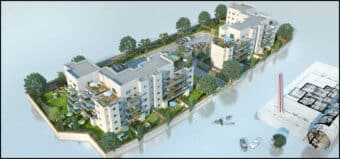Over the last fifteen years, Be’er Ya’akov has tripled its population and evolved from a remote town with a poor reputation to one of the places in central Israel with the highest number of active construction projects. With a new business district and plans to be connected to a convenient metro network, the brand new city hopes to be home to 85,000 residents by 2040. Meanwhile, apartment prices in the city continue to skyrocket – almost to the level of neighboring Rishon LeZion.
At a festive event earlier this month, Minister of Interior Ayelet Shaked announced that the Be’er Ya’akov local council located in central Israel will be officially granted the status of a city. Among other achievements, over the course of a fifteen-year campaign of intensive development, the town managed to triple its population.
“Be’er Ya’akov has become an example of a strong municipality that succeeded in absorbing many new residents and significantly easing the housing crisis,” wrote Shaked in her official statement, “It managed to establish itself economically amidst significant population growth, thanks to a mayor who took the town a major step forward, ensuring its development and prosperity.”
Far from being more empty words from a politician, Shaked’s claims are backed up by data. Twenty years ago, Be’er Ya’akov was considered a small and unimpressive town. Over the last two decades, it developed at a staggering rate, absorbing a huge number of residents in relation to its size. According to the Central Bureau of Statistics, Be’er Ya’akov had a population of just 9,000 in 2005. By 2010, the number of residents had grown to about 12,000, in 2015, it stood at 18,500, and by the end of 2019, Be’er Ya’akov was home to 28,000 people.
Established in 1907, Be’er Ya’akov is located in the heart of the high-demand area of central Israel, bordering Rishon LeZion to the west and Ramla to the east. Among other factors, its accelerated expansion is due to the recent evacuation of Tzrifin, the large military base which was located nearby for decades.
A year and a half ago, the District Planning and Building Commission approved a new master plan for the city, setting the course of its development for the next twenty years. The plan established the area of the city over more than 9,500 dunams, which will allow for a total number of 27,000 apartments (including those that currently exist), bringing the city’s population to about 85,000 people by 2040. In addition to residential units, the plan designates areas for public institutions and open spaces, including a municipal park of more than 260 acres and a soccer stadium.
Meanwhile, an employment and commercial area is currently under construction in the center of the city. A few days after Be’er Ya’akov was declared a city, a building permit was issued for a complex that includes two office buildings of 17-stories each built above a large shopping floor with a total area of 40,000 square meters.

Furthermore, there are plans to connect Be’er Ya’akov to Gush Dan through a network of metro lines, which are in the last stages before receiving final approval. The city is located on the southeastern end of 45 kilometer-long M1 line, which passes through Rishon LeZion, Holon, Tel Aviv, Ramat Hasharon, Herzliya, and Ra’anana. This route is still in the planning stages after an earlier version was sent back for revisions. In the coming months, the latest version is expected to be up for discussion again before being submitted for objections from the planning institutions.
Along with most cities in central Israel, housing prices have gone up significantly in Be’er Ya’akov over the past decade. In addition to the general state of Israel’s real estate market and the constantly growing demand for apartments, another factor that has contributed to rising prices in Be’er Ya’akov is a major shift in the city’s image. During the early years of the State, immigrant transit camps were set up nearby. When these camps were later absorbed into Be’er Ya’akov, its socio-economic status dropped significantly. However, the accelerated wave of development has transformed the character of the small town, and now its reputation is beginning to catch up as well.
In the past, those who bought in Be’er Ya’akov were generally those who would have preferred to live in neighboring Rishon LeZion, but settled for something nearby. Today, the city has become a sought-after destination in and of itself, as is reflected in residential real estate prices. The average price of a new 4-room apartment in the city is about NIS 2 million, and a 5-room apartment will sell for around NIS 2.3 million. Although these prices are still slightly cheaper than in Rishon LeZion, the gap is rapidly shrinking.



